When we think of wild animals, we often picture them as unpredictable or dangerous, the complete opposite of our cuddly companions at home. But in reality, many wild species display behaviors that feel shockingly familiar to pet owners. Whether it’s the loyalty of a wolf or the playful curiosity of a raven, the instincts we admire in pets often have deep evolutionary roots in the wild.
In this article, we explore ten wild animals whose actions and emotions resemble those of our favorite pets. Some may surprise you. Others may make you fall in love with the wild all over again.
Much like dogs, elephants possess remarkable emotional depth
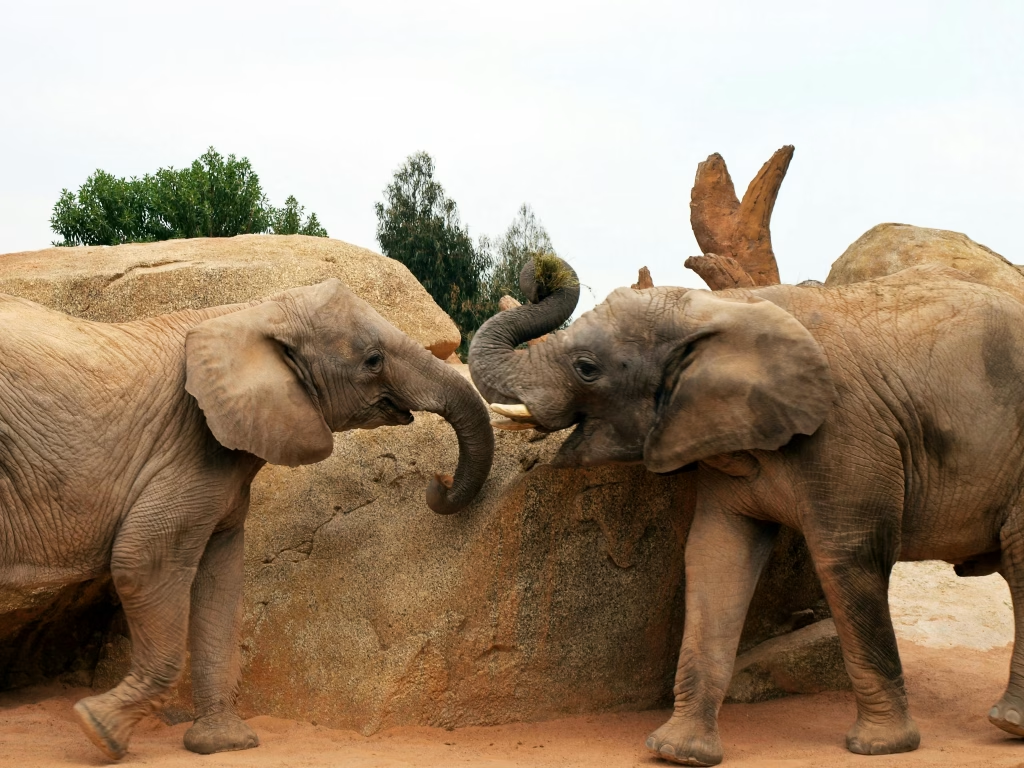
Elephants are famous for their memory, but their emotional world is equally rich. They grieve their dead, form lifelong bonds, and even comfort distressed companions with gentle touches and sounds.
In sanctuaries, rescued elephants often form deep relationships with their caretakers, following them, playing, or even appearing to “hug.” Their loyalty, affection, and group-centered behavior mirror what we see in our most devoted dogs.
Ravens : Curious and Playful Like Cats
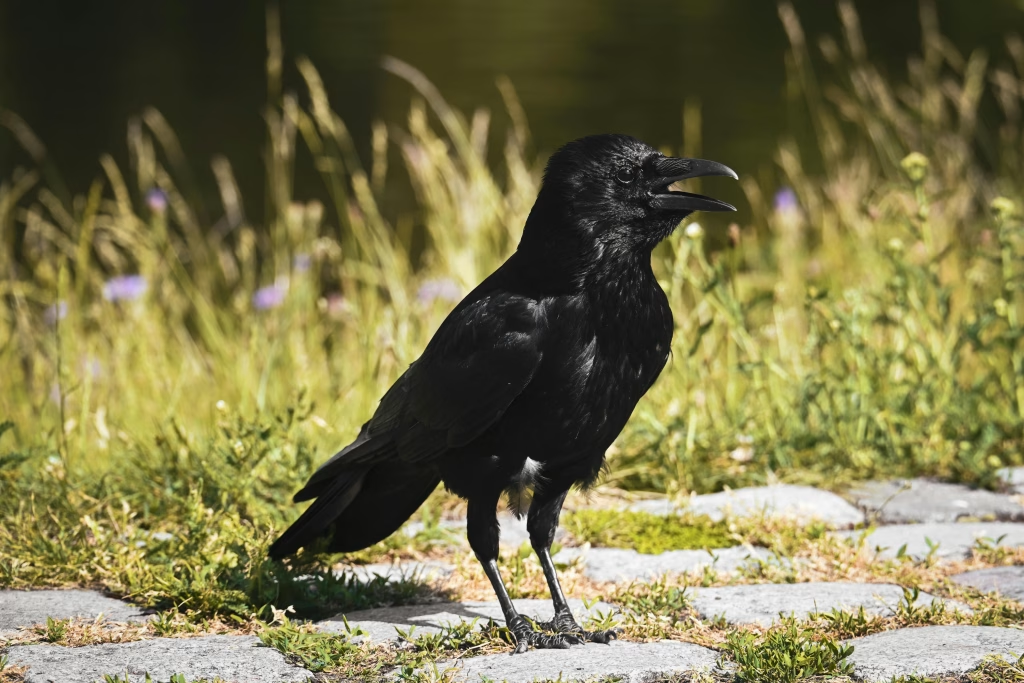
Ravens, part of the highly intelligent corvid family, love to play just like housecats. They toss sticks, slide down snowy rooftops, and even play tricks on each other.. They also display problem-solving skills, use tools, and invent games when left alone.
Like cats, ravens need constant stimulation to stay happy and engaged.
Capybaras : Friendly Like Dogs, Calm Like Therapists
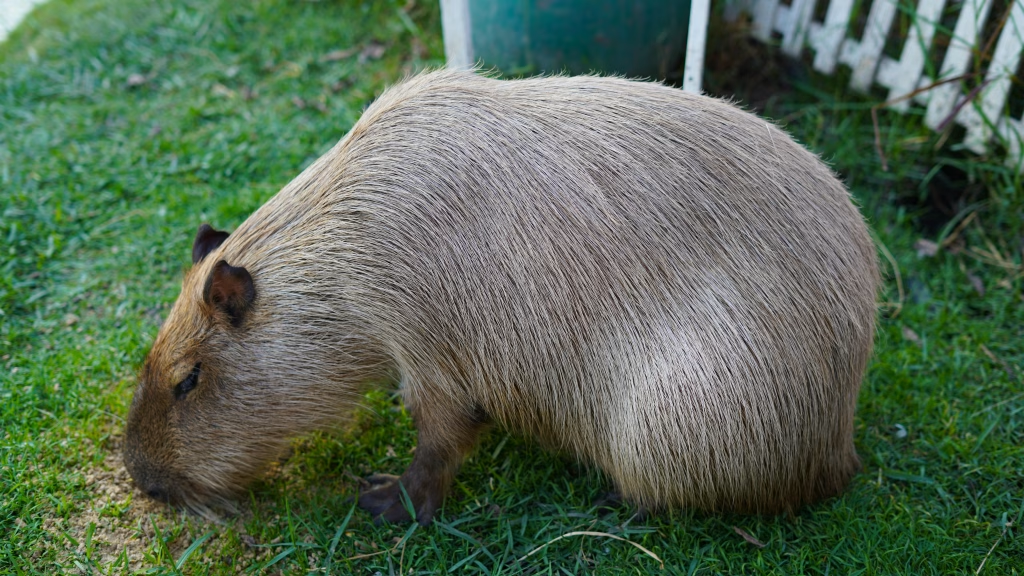
The internet calls capybaras the most chill animals, and for good reason. These gentle giants of the rodent world are social and known for forming peaceful relationships with all kinds of animals, from ducks to dogs. In the wild, they live in cooperative groups. In captivity, they enjoy cuddles and often lie still during grooming, behaviors you’d expect from a pet more than a wild creature.
Their calm nature has made them popular in animal therapy centers in South America.
Wolves : Pack Loyalty That Mirrors the Family Dog
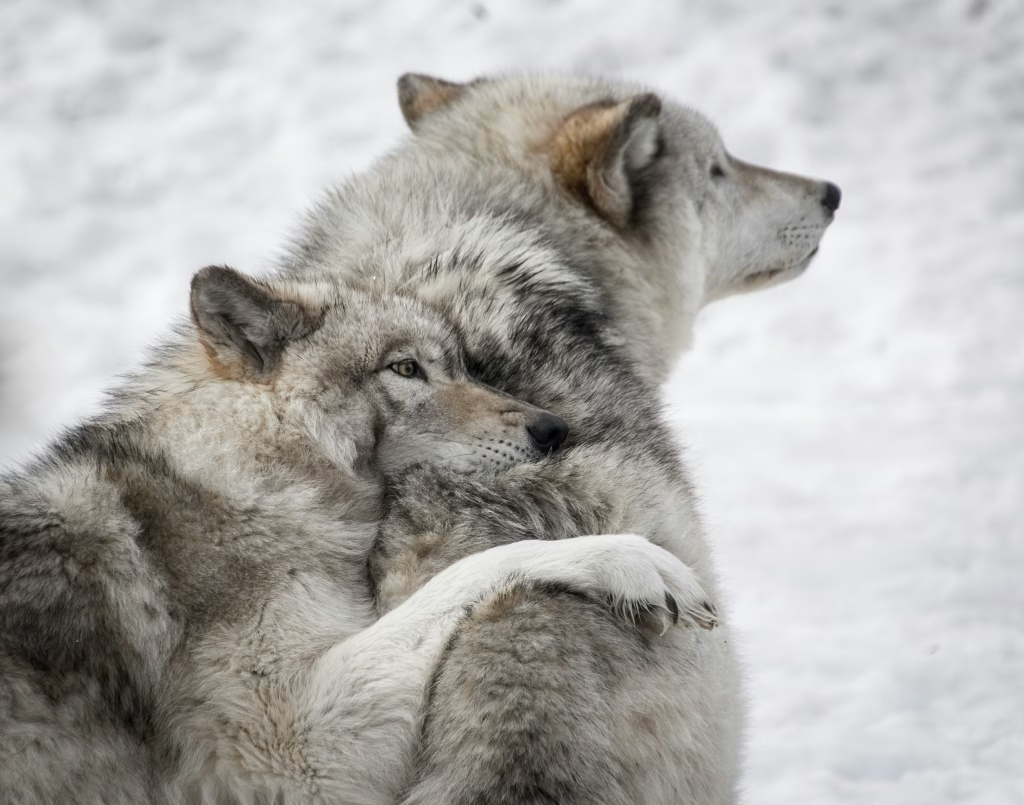
Wolves are deeply loyal to their pack, cooperative in raising young, and emotionally attached to one another. They communicate with subtle body language and vocalizations, and even “greet” their closest companions with licks and tail wags. Sound familiar?
Research has shown that wolves, when raised in human families, can form bonds just as strong as dogs, challenging the idea that loyalty is a trait only developed through domestication.
Kea Parrots : Mischievous Like Intelligent Dogs
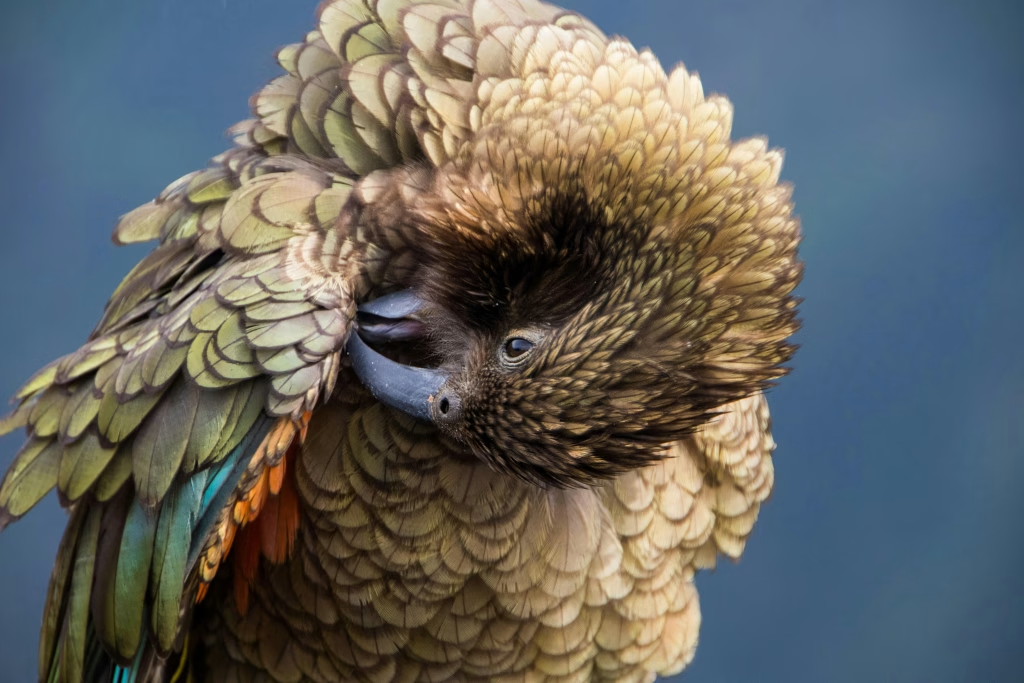
The kea, a large alpine parrot from New Zealand, is famous for its curiosity and cleverness. These birds often explore objects, steal tourist items, and even “cooperate” with other keas to dismantle equipment. Their drive to learn and engage with the world is much like that of intelligent dog breeds. When bored, keas “act out,” proving once again that intelligent creatures need mental play, in the living room or the mountains.
Otters : Social and Affectionate Like Ferrets
Otters are often compared to ferrets. They’re highly social, incredibly active, and constantly engaging in playful behavior (juggling stones, playing tag in rivers…).
Sea otters even hold hands while sleeping to avoid drifting apart. In wildlife centers, they enjoy interactive toys and can form bonds with their caregivers. Their intelligence and sociability make them feel like fuzzy, aquatic versions of our favorite small pets.
Red Foxes : The Cat-Dog Hybrid of the Wild
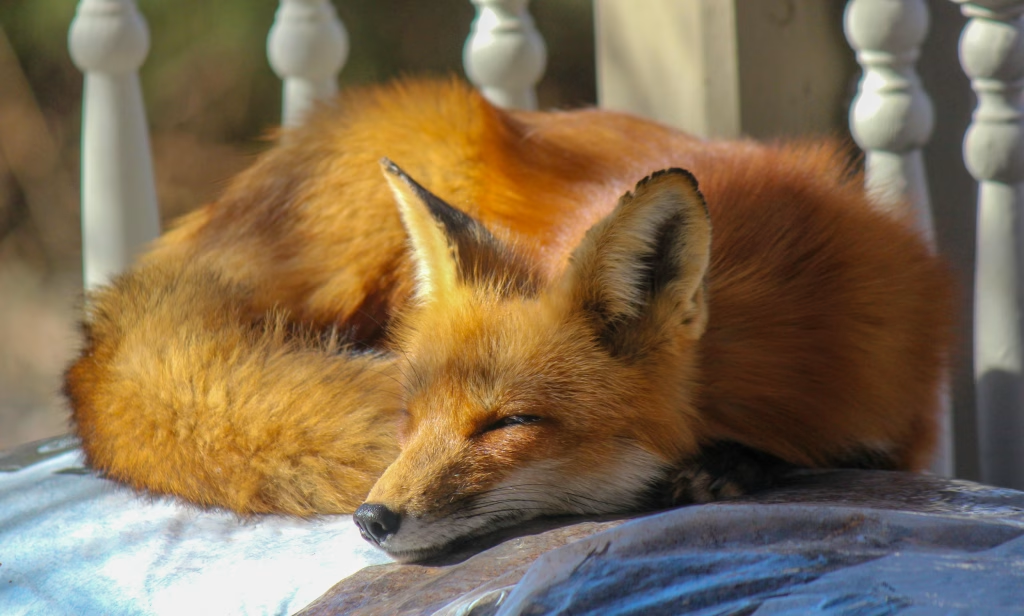
Foxes live on a strange behavioral line, they pounce and stalk like cats, but some play fetch and follow humans like dogs.
In Russia, a decades-long domestication experiment produced foxes that seek human contact and respond to names. Even in the wild, red foxes exhibit playful behavior, scent-marking, and curiosity that rivals the personality of our most familiar pets. They’re not suitable as domestic pets, but they give us a fascinating glimpse into how behavior can evolve before full domestication.
Meerkats : Cooperative and Loyal Like Herding Dogs
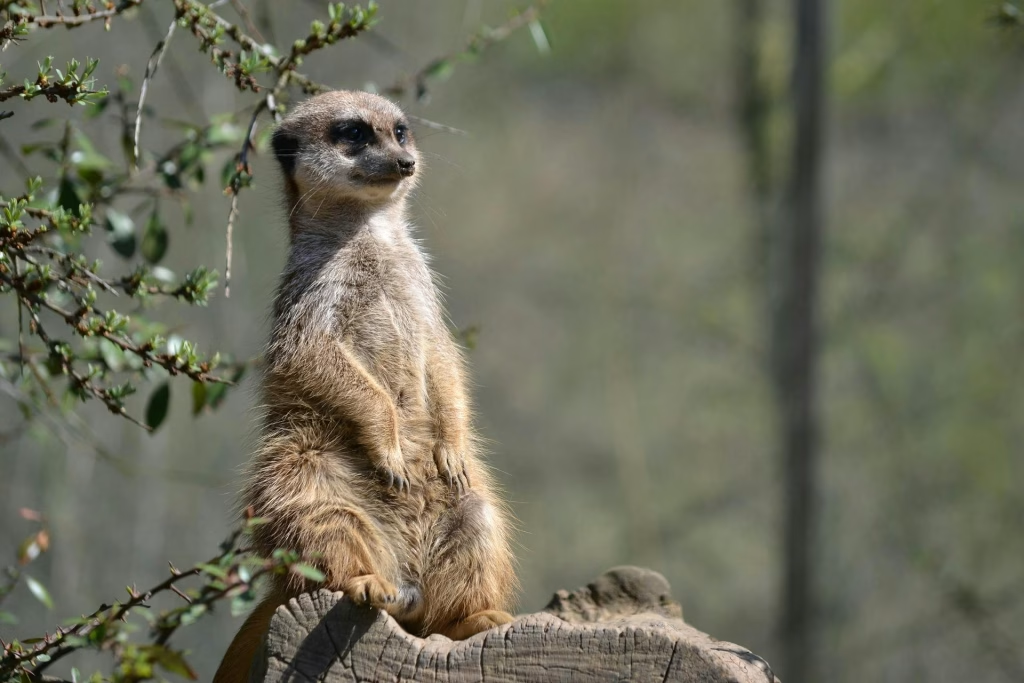
Meerkats live in structured communities where every member has a role. This strong team dynamic is very similar to the herding instinct seen in sheepdogs or collies. They’re constantly communicating with chirps, clicks, and body movements. The trust and coordination required to protect the group mirrors the way herding breeds are trained to work with humans.
Some rescue meerkats, when socialized, display affectionate behaviors toward caregivers and enjoy being carried.
Bats : Clean, Social, and Surprisingly Gentle
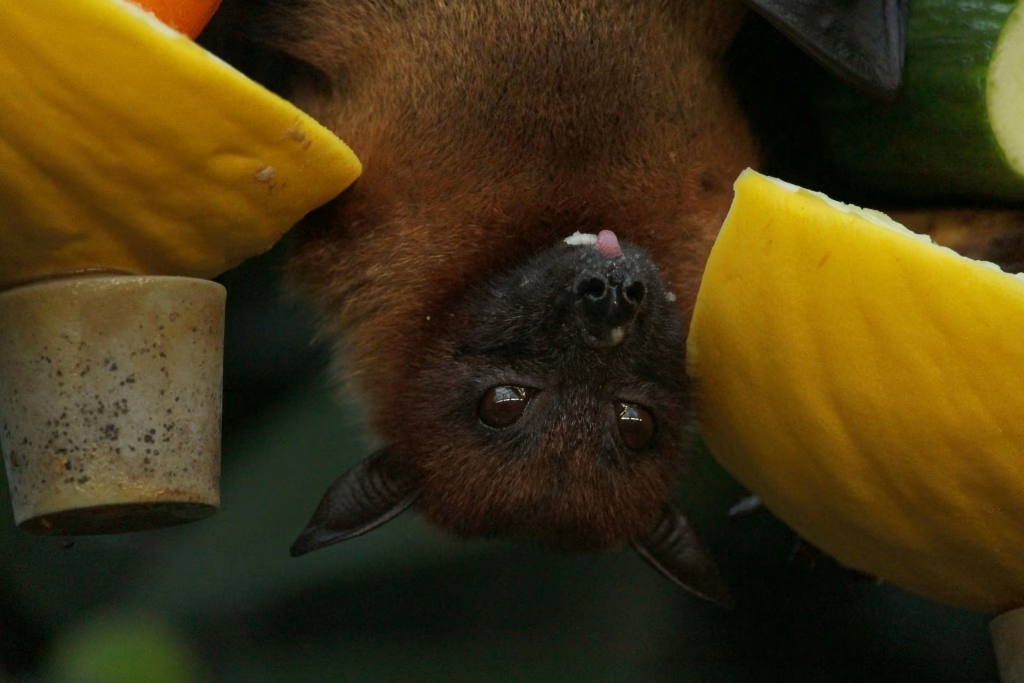
While often misunderstood, many bat species (especially fruit bats) are surprisingly social and clean animals. Mother bats nurse their pups with intense care, and colony members recognize each other’s voices.
In sanctuaries, hand-raised bats can even learn feeding routines and snuggle in cloth pouches, showing a gentle side rarely imagined by the public.
Beavers : Nature’s OCD Homebuilders
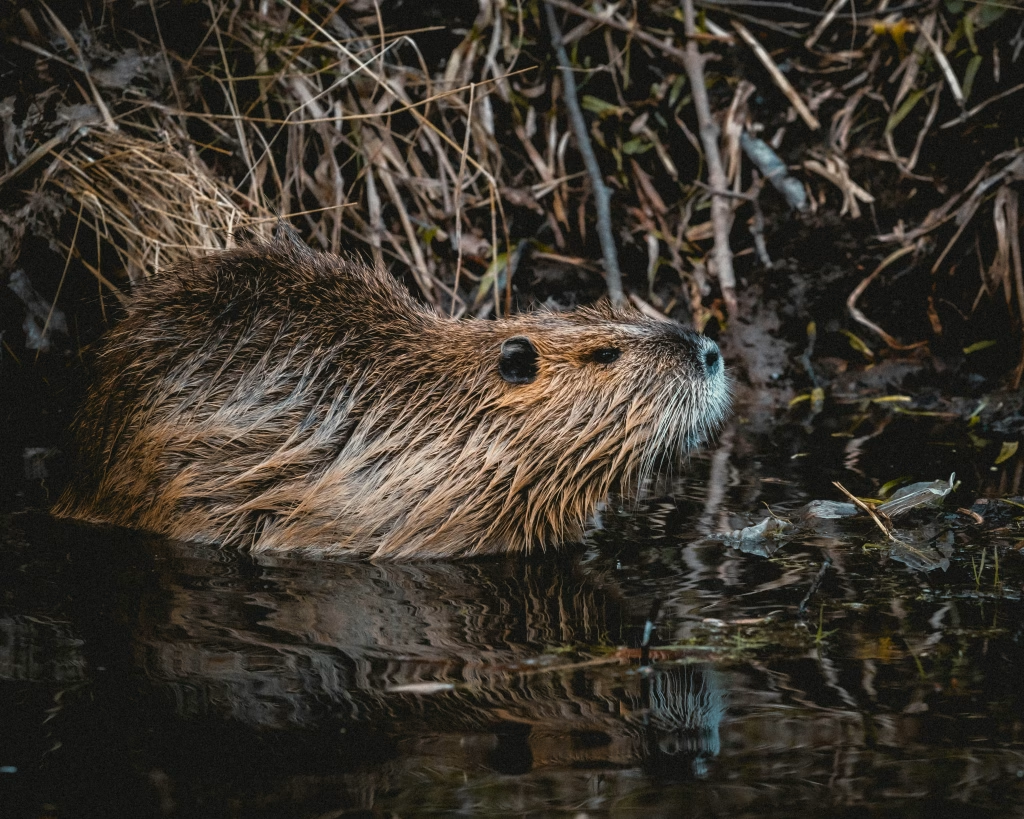
Like hamsters arranging their bedding or dogs digging a comfy nest, beavers are driven by a strong impulse to build and organize. Their dams and lodges aren’t just homes, they’re fortresses crafted with patience and planning.
Their sense of structure echoes the way many pet species carve out comfort zones within our homes.
Wild at Heart, But Closer Than We Think
From the snowy peaks of New Zealand to the rivers of the Amazon, animals across the globe behave in ways that are deeply familiar to us. Some wag tails, some cuddle their young, some solve puzzles, and some simply love to play.
These glimpses of shared behavior show us that we’re not as different from the wild world as we think.
If you’re caring for a parrot at home or watching a fox leap in the woods, the capacity to connect, play, and bond is part of something bigger, something beautifully wild.
Explore Wildlife Wonders & Stories on Pawlore:
What Wolves Can Teach You About Loyalty in Dogs
Should Wild Animals Be Pets? Facts Most People Ignore
Capybaras: Why the Chillest Wild Animal Acts Like a Dog


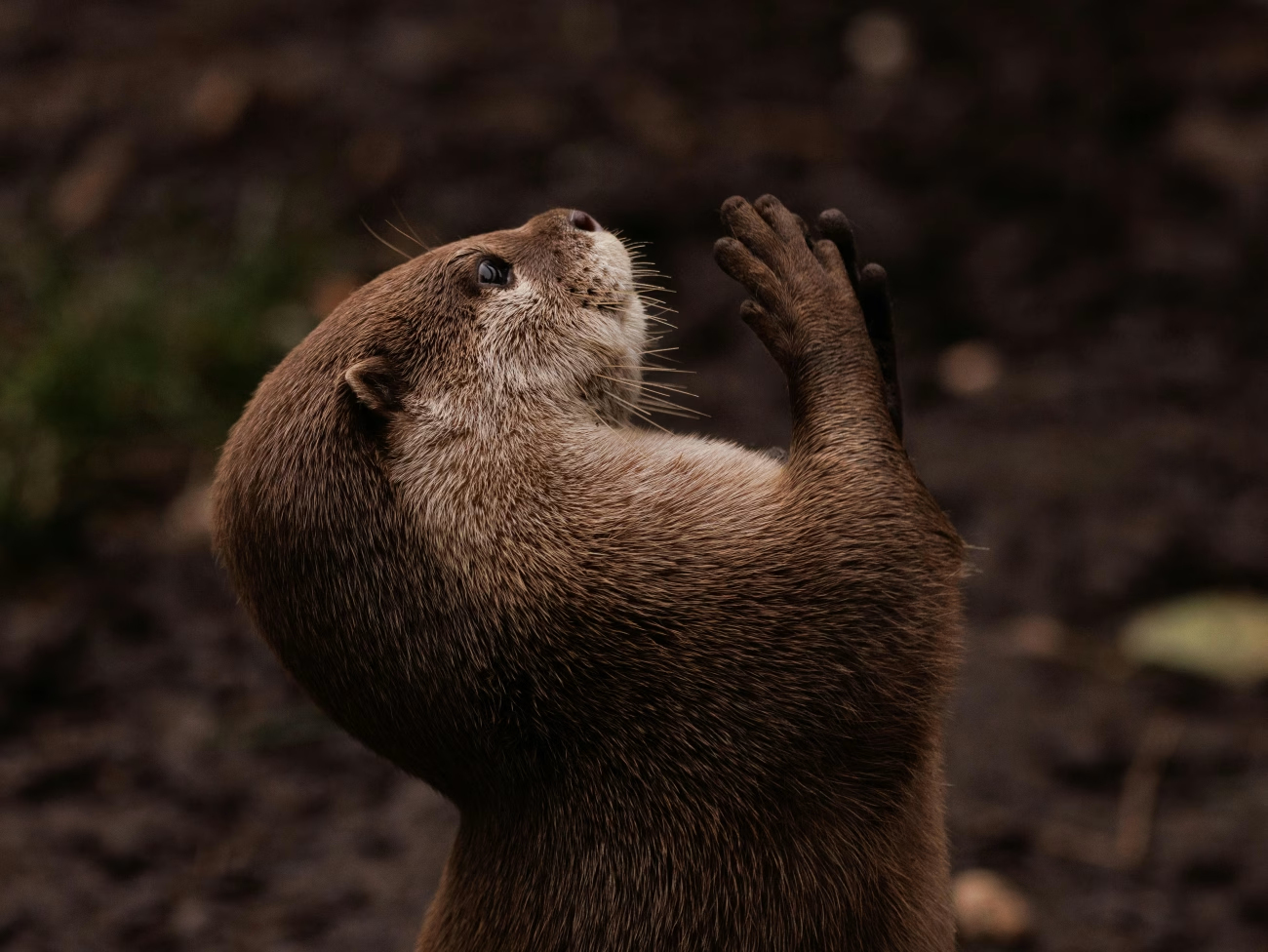
2 thoughts on “10 Wild Animals That Share Surprising Traits with Pets”